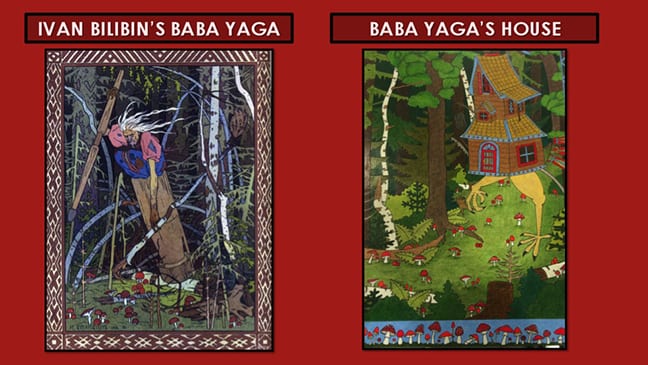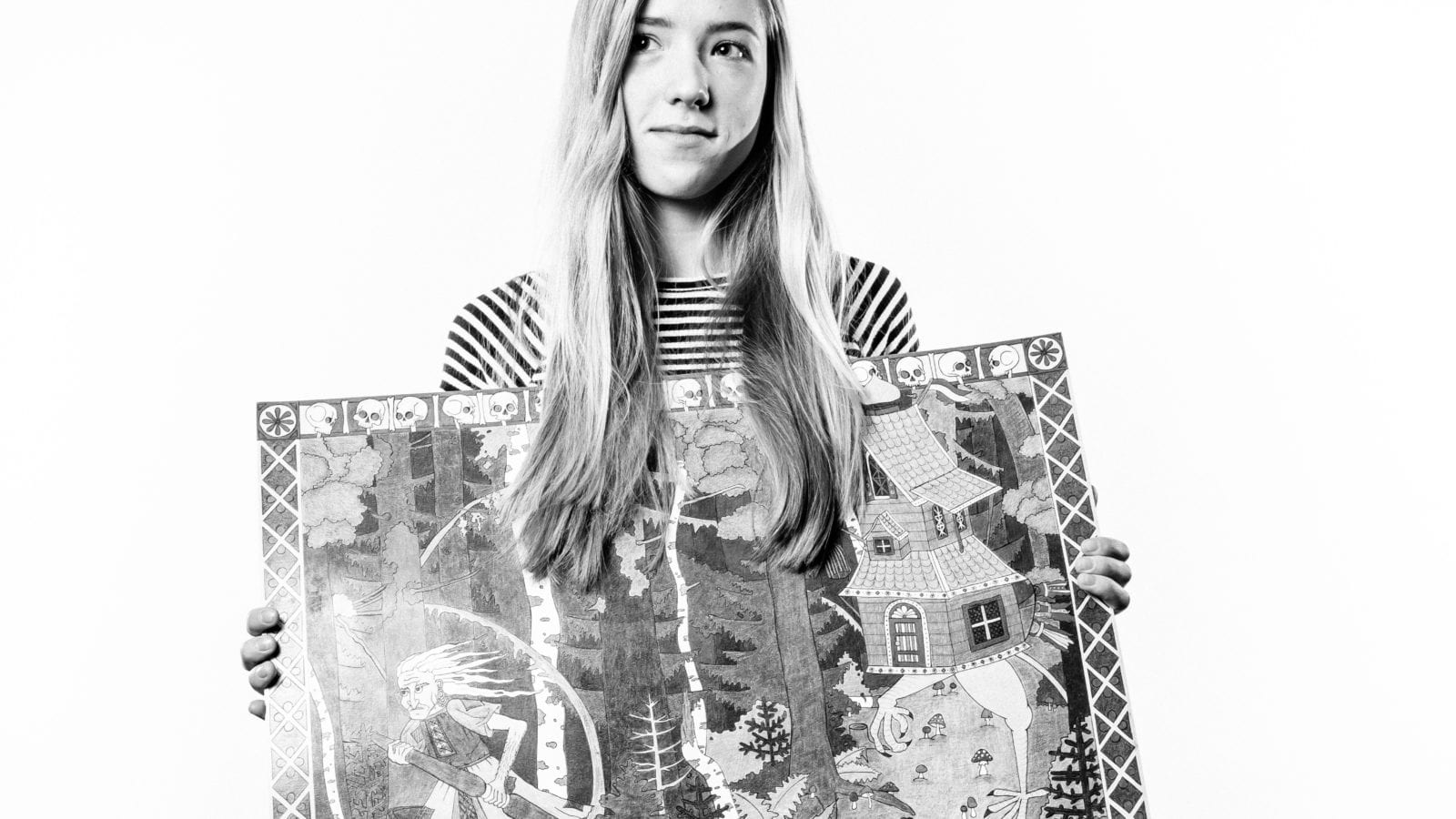The Scholar: Josephine “Pinky” King
The project: The Power and Persistence of Slavic Paganism
The Essential Question: Ms. King, who had previously lived for a year in the Czech Republic, explores the introduction of Christianity to the Slavic people, beginning roughly a thousand years ago under Vladimir I, and the remarkable persistence of paganism since then.
Notable quote: “No matter how hard missionaries and clergy tried, Slavic paganism was not erased from Slavic culture; it was far too deeply ingrained in the souls of the people, especially peasants. In the Slavic countryside, paganism lived on alongside Christianity, often in the form of a dual faith. Peasants—or serfs, who, in Russia, were not freed until 1861—kept Slavic paganism alive through oral traditions and festivals. In the modern era and present day, Slavic paganism has survived through art and folklore.”
Her biggest challenge as a scholar: “This is kind of an obscure topic so it was hard to find a lot of sources in English. In the end, I ended up finding several good ones and other small ones.”
Surprising discovery: “One of the interesting things that I learned is that there was a vampire panic when the Slavs went from burning their dead to burying them [under Christianity]. Because the bodies were intact, they thought they could come back to life. It was very interesting to see the use of that vampire myth, which we know so well.”
Tip for future Scholars: “Don’t procrastinate and don’t get intimidated. Just start writing and something good will come out of what you write.”
From her presentation: Slavic folktales, such as the story of the forest-dwelling witch Baba Yaga, often reflected pagan themes. Here, Baba Yaga is presented by Russian illustrator Ivan Bilibin, and by Ms. King herself.



